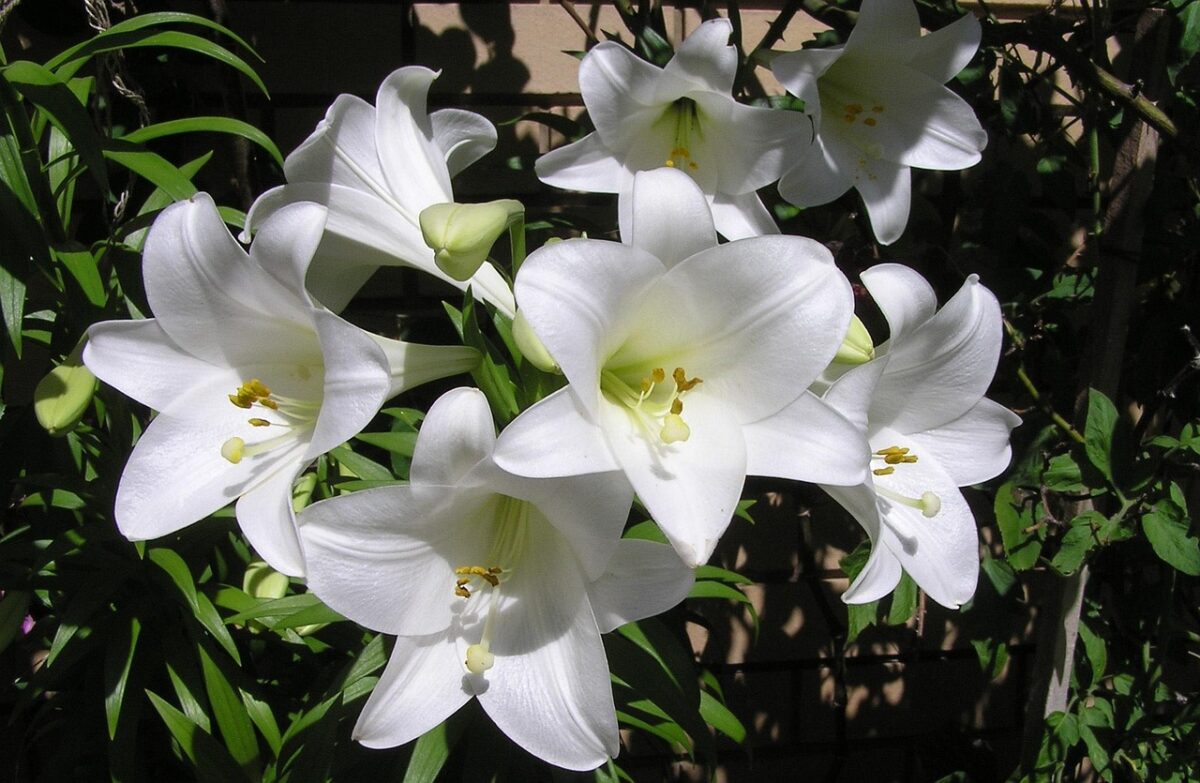White fragrant flowers not only add beauty to gardens but also fill the air with delightful scents. Their elegance and aromatic qualities make them a favorite among gardeners and flower enthusiasts alike. Whether you are looking to create a serene garden retreat or simply want to enjoy the sweet smell of blooms from your window, incorporating white fragrant flowers can elevate any space. In this guide, we’ll explore some of the best varieties, how to care for them, and creative ways to use these enchanting blooms in your home and garden.
Introduction to White Fragrant Flowers
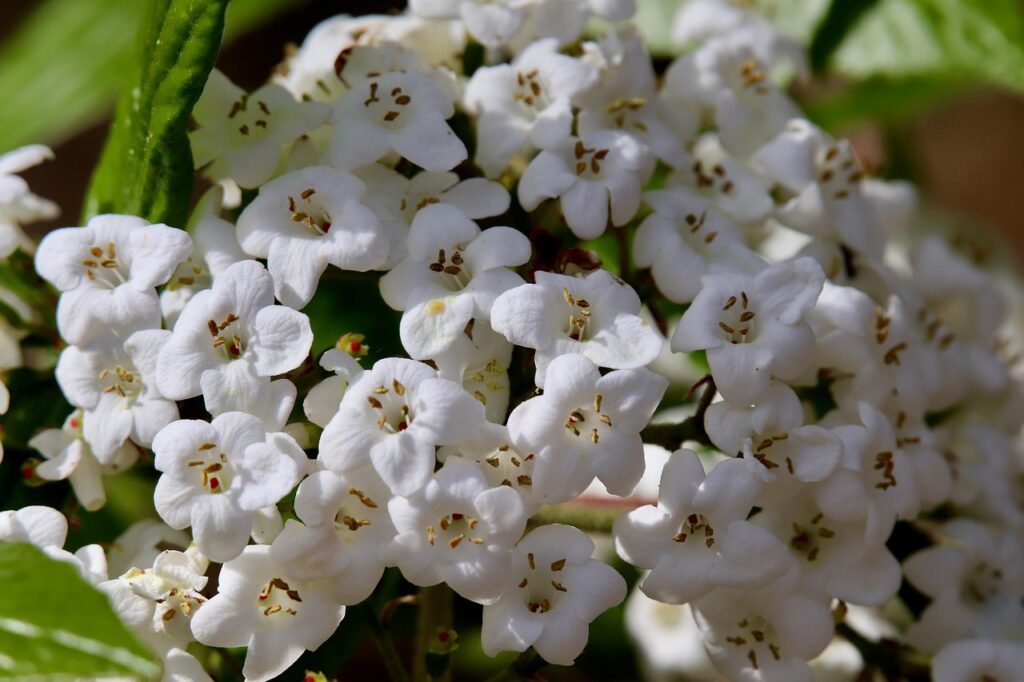
White fragrant flowers have long been cherished for their visual and olfactory appeal. Their soft hues and aromatic profiles can transform any garden into a fragrant oasis. These flowers are particularly valuable in landscape design, where they can serve as focal points, borders, or ground covers. Their versatility allows them to thrive in various settings, from formal gardens to casual backyard spaces.
Top 15 White Fragrant Flowers for Your Garden
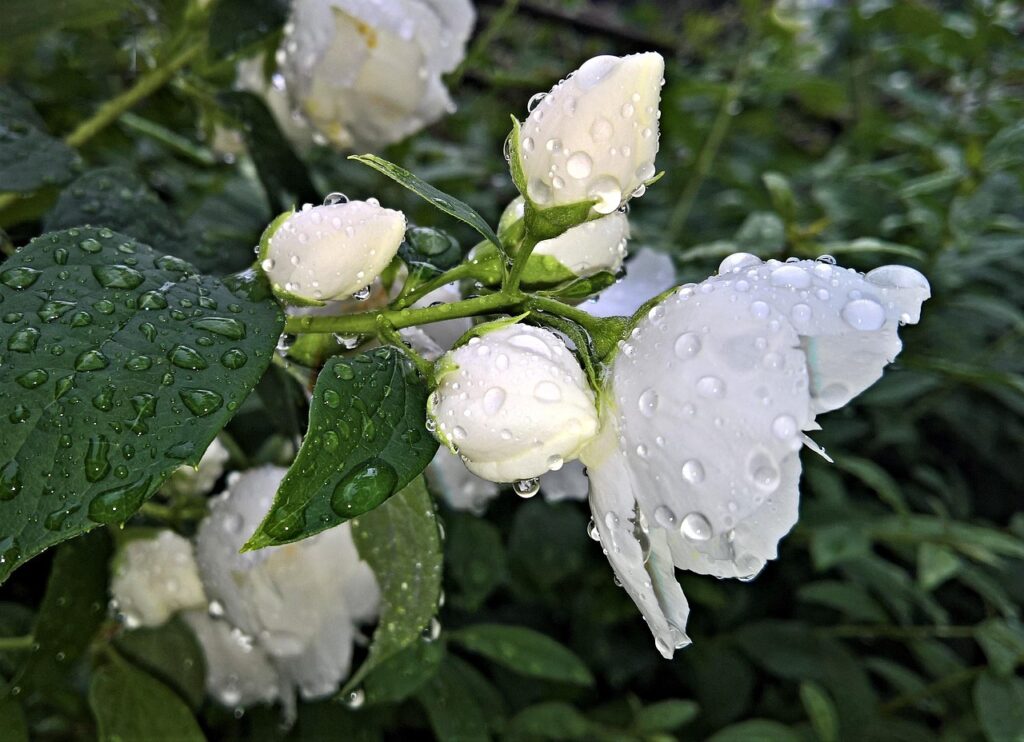
Here’s a curated list of some of the best-smelling white flowers that can enhance your garden’s fragrance and beauty:
- Gardenia jasminoides (Gardenia) – Known for its creamy white blooms and rich, sweet scent, gardenias thrive in warm climates and require well-drained soil.
- Magnolia grandiflora (Southern Magnolia) – This tree produces large, fragrant white flowers that can reach up to a foot across, attracting pollinators with their rich aroma.
- Jasminum polyanthum (Pink Jasmine) – While the flowers are technically light pink, they are often classified with white blooms due to their pale appearance. They emit a strong, sweet fragrance.
- Philadelphus coronarius (Mock Orange) – This shrub produces clusters of white flowers that resemble orange blossoms, releasing a pleasant citrus scent.
- Lilium candidum (Madonna Lily) – Known for its striking white flowers and sweet fragrance, this perennial lily is a classic choice for gardens.
- Asiatic lily (Lilium spp.) – Many varieties feature white blooms and are prized for their strong, sweet scent, perfect for cut flower arrangements.
- Hedychium coronarium (White Ginger Lily) – This tropical plant produces stunning white flowers with a heady scent, ideal for warmer climates.
- Chamelaucium uncinatum (Waxflower) – Although primarily known for its waxy appearance, its small white flowers emit a subtle fragrance that enhances bouquets.
- Brassica oleracea (Flowering Kale) – While not traditionally fragrant, certain varieties produce a mild scent, adding visual interest and texture.
- Viburnum carlesii (Koreanspice Viburnum) – This deciduous shrub boasts clusters of white flowers with a powerful, sweet aroma, attracting bees and butterflies.
- Rudbeckia laciniata (Cutleaf Coneflower) – Known for its unique shape and fragrance, this perennial is a standout in any garden.
- Ornamental Allium (Allium giganteum) – While primarily known for their spherical flower heads, the white varieties have a subtle fragrance that adds depth to gardens.
- Pelargonium graveolens (Scented Geranium) – Some cultivars produce white flowers and have a delightful, rose-like scent that is perfect for containers.
- Stephanotis floribunda (Madagascar Jasmine) – This climbing plant produces clusters of white, waxy flowers that are highly fragrant and ideal for trellises.
- Convolvulus sabatius (Trailing Bindweed) – Known for its trailing habit and white blooms, it offers a subtle fragrance that enhances hanging baskets.
How to Choose the Right White Fragrant Flowers
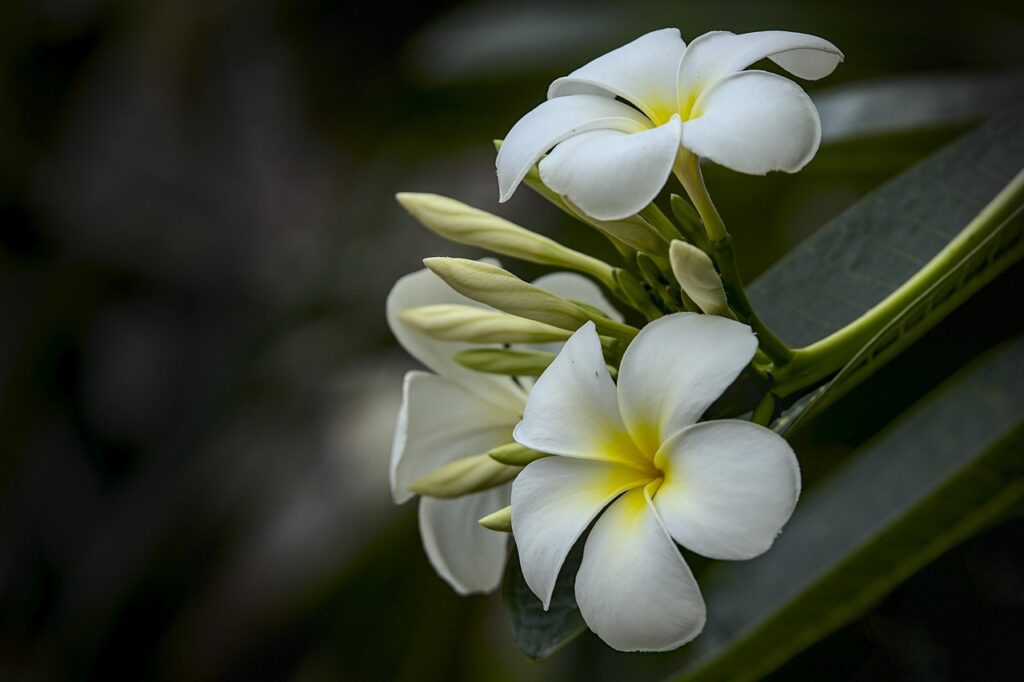
Selecting the right white fragrant flowers for your garden involves considering several factors, including climate, soil type, and intended use. Here are some tips to guide your selection:
- Climate Adaptability: Ensure the flowers you choose can thrive in your local climate. Some, like gardenias, prefer warmer temperatures, while others, like the Madonna lily, can tolerate cooler climates.
- Soil Requirements: Different flowers have varying soil preferences. For instance, magnolias prefer well-drained, slightly acidic soils, while mock orange can tolerate a range of soil types.
- Sunlight Needs: Assess the light conditions in your garden. Most white fragrant flowers thrive in full sun, but some, like the white ginger lily, prefer partial shade.
- Blooming Season: Consider the blooming period of each flower. Staggering the planting of different varieties can ensure a continuous display of fragrance throughout the growing season.
- Height and Spread: Be mindful of the mature size of each plant to ensure they fit well within your garden layout. Taller plants like southern magnolia can serve as focal points, while shorter varieties can be used as borders.
Step-by-Step Care Guide: Soil, Light, and Water Needs
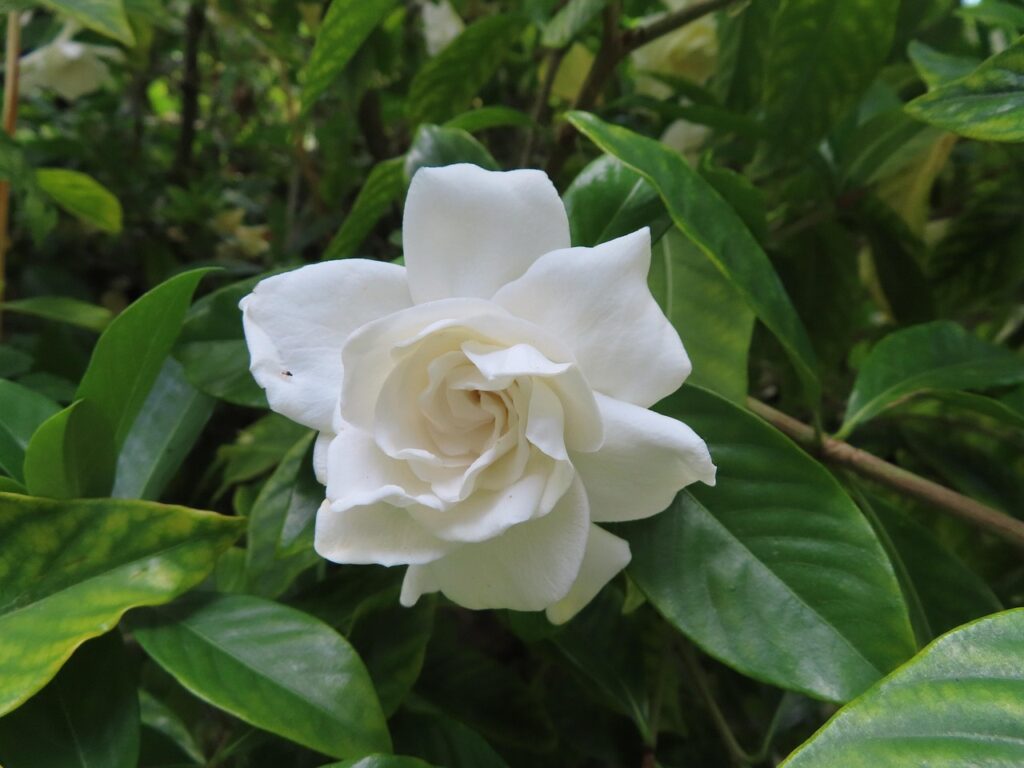
Caring for white fragrant flowers requires attention to their specific needs. Here’s a detailed guide to help you nurture these beautiful plants effectively:
Soil Requirements
- Most white fragrant flowers prefer well-draining soil. Amend heavy clay soils with organic matter to improve drainage.
- For acid-loving plants like gardenias and magnolias, consider using a soil mix that includes peat moss or pine bark.
- Test your soil pH to ensure it falls within the preferred range for your chosen flowers, generally between 6.0 and 7.0.
Light Needs
- Most fragrant white blooms thrive in full sun (6-8 hours of direct sunlight daily). However, some varieties, like the white ginger lily, prefer partial shade.
- Monitor your plants for signs of too much sun, such as scorched leaves, and adjust their placement if necessary.
Water Requirements
- Water newly planted flowers thoroughly to establish roots. Once established, most will require regular watering, especially during dry spells.
- Deep watering is preferred to encourage deep root growth, but avoid waterlogging, which can lead to root rot.
- Use mulch around the base of plants to retain moisture and suppress weeds.
Seasonal Checklist for White Fragrant Flowers
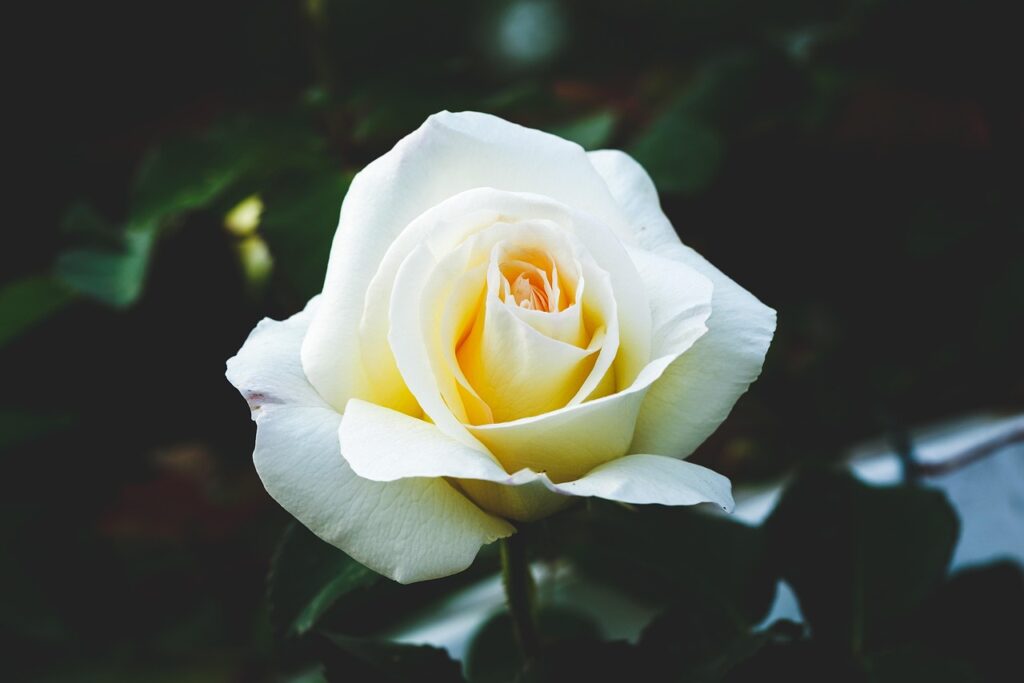
Maintaining your white fragrant flowers throughout the seasons ensures they remain healthy and vibrant. Here’s a seasonal checklist:
Spring
- Remove any dead foliage from the previous season.
- Apply a balanced fertilizer to encourage new growth.
- Check for pests and treat any infestations promptly.
Summer
- Monitor moisture levels, especially during hot spells.
- Deadhead spent blooms to encourage continuous flowering.
- Keep an eye out for signs of disease and address them immediately.
Fall
- Cut back perennials after they finish blooming to promote healthy growth in the spring.
- Apply mulch to protect roots as temperatures drop.
- Plan any necessary divisions of overcrowded plants.
Winter
- Protect tender varieties with frost cloth or mulch.
- Plan for spring planting by researching new fragrant varieties to add to your garden.
- Inspect any indoor plants for pests during the dormant season.
Common Pests and Diseases: Troubleshooting Tips
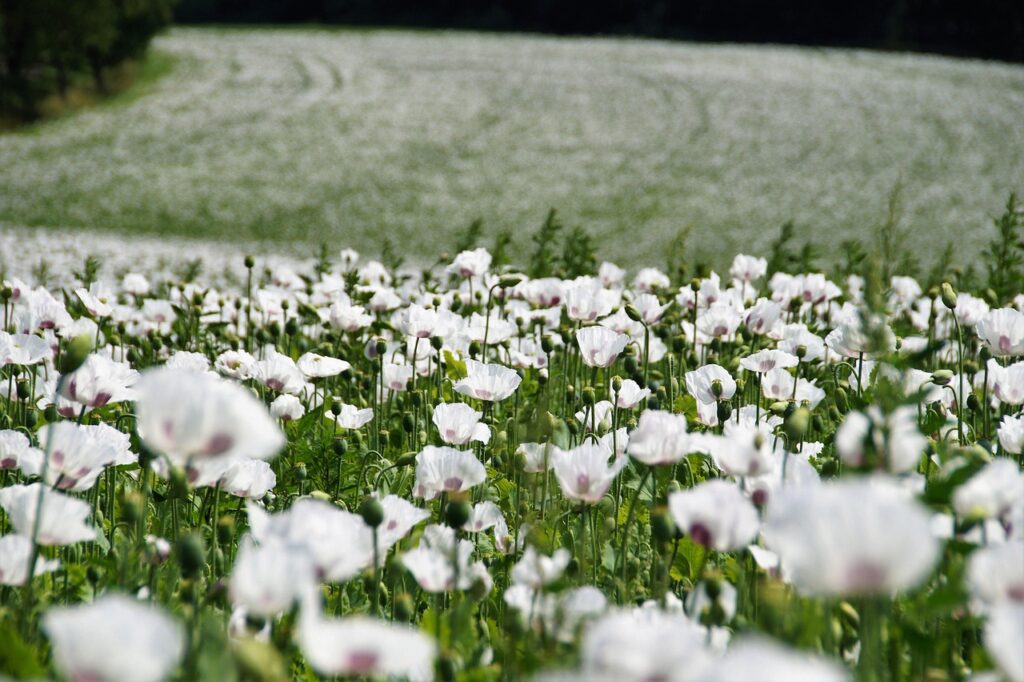
White fragrant flowers can be susceptible to various pests and diseases. Here’s how to identify and address common issues:
Pests
- Aphids: These small insects can cluster on new growth. Use insecticidal soap or neem oil to control them.
- Spider Mites: Look for webbing on leaves. Increase humidity and use miticides to manage infestations.
- Whiteflies: These pests can cause leaf drop and stunted growth. Yellow sticky traps can help catch them, along with insecticidal soap.
Diseases
- Powdery Mildew: A white powdery substance on leaves indicates this fungal disease. Improve air circulation and apply fungicides as needed.
- Root Rot: Caused by overwatering, look for wilting and yellowing leaves. Ensure proper drainage and reduce watering.
- Leaf Spot: Brown or black spots on leaves can be a sign of bacterial or fungal infections. Remove affected leaves and apply appropriate treatments.
Essential Tools and Safety Tips for Planting and Maintenance
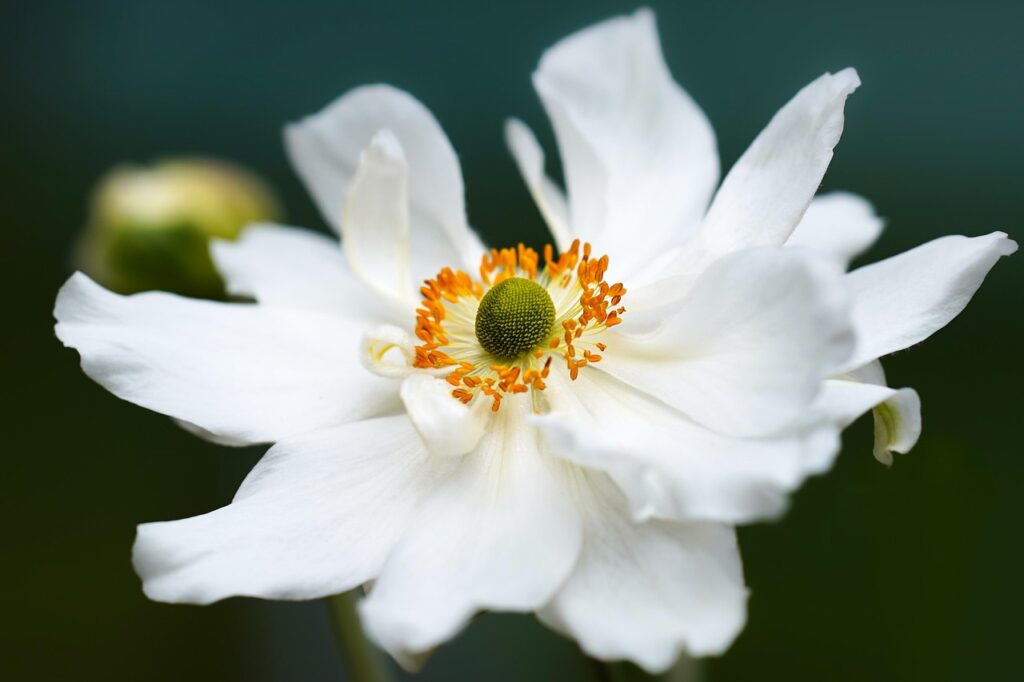
Having the right tools and following safety protocols can make caring for your white fragrant flowers easier and more enjoyable:
Essential Gardening Tools
- Hand Trowel: Perfect for planting and transplanting small flowers.
- Pruning Shears: Necessary for deadheading and shaping plants.
- Garden Fork: Useful for turning soil and aerating garden beds.
- Watering Can: Ideal for targeted watering, especially for potted plants.
- Garden Gloves: Protects your hands while working with soil and plants.
Safety Tips
- Wear gloves when handling plants, especially those known for skin irritation.
- Use knee pads or a garden kneeler to protect your knees during planting.
- Ensure tools are kept clean and sharp to prevent accidents and promote healthy plant care.
Creative Uses for White Fragrant Flowers
White fragrant flowers can be utilized in various ways beyond just garden aesthetics. Here are some creative ideas:
- Bouquets: Combine white fragrant flowers with other blooms for stunning arrangements that enhance indoor spaces with their aroma.
- Landscaping: Use white fragrant flowers as focal points in garden beds or along pathways to create inviting scents.
- Indoor Fragrance: Place cut stems in vases around the house to enjoy their delightful scents indoors.
- Event Decor: Incorporate white fragrant blooms into wedding or party decorations for a touch of elegance and fragrance.
